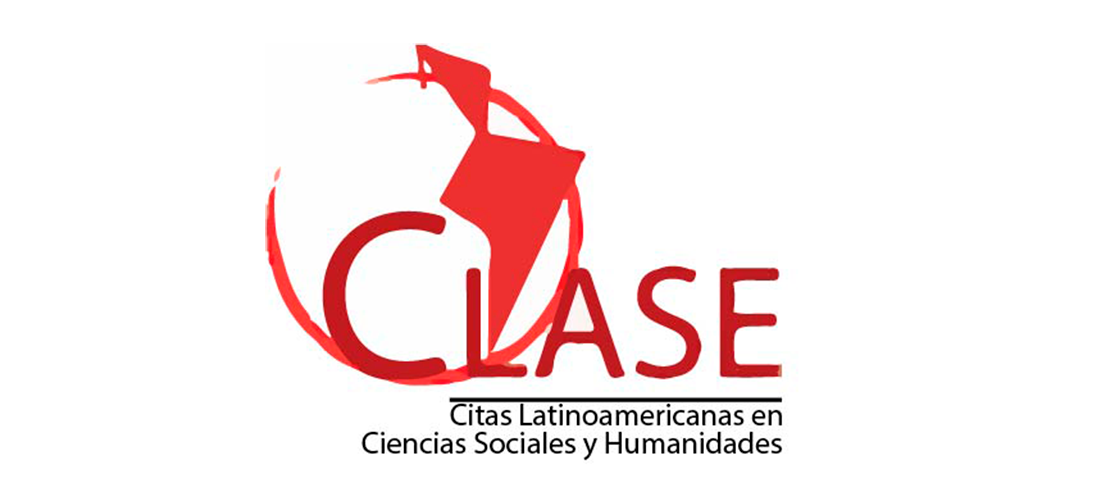La incidencia distributiva del presupuesto: una aportación teórica
Palabras clave:
Incidencia impositiva, presupuesto, externalidades, Tax incidence, budget, externalitiesResumen
The distributive incidence of the budget: a theoretical contribution
Resumen
La incidencia fiscal es de gran utilidad en el momento en el que se está reformando el papel del Estado en la economía. El objetivo de este estudio es determinar si la carga del impuesto se distribuye a través de productores y consumidores. Encontramos, el punto de incidencia impositiva referido al último sobre el que realmente incide la carga tributaria, mientras, la traslación impositiva se refiere al punto de impacto en que se ha producido éste a aquel. Para determinar la incidencia presupuestaria, acción de naturaleza compleja, requiere considerar múltiples variables funcionales y la interrelación entre las mismas; la estructura del mercado, ganancias no realizadas, condiciones de los costes de la industria, elasticidad de la demanda respecto al precio, la clase de impuesto y la jurisdicción política, son algunos de ellas. Entonces, al preguntarnos ¿Quién paga el impuesto al Estado? ¿De qué depende quien soporta la carga de los impuestos? ¿Qué papel juega la elasticidad de la demanda y de la oferta? ¿Por qué puede haber diferencias en el corto y largo plazo? La respuesta nos dirigirá a hacer una diferenciación entre el impacto impositivo y la incidencia impositiva, que es el punto sobre el que recae la carga final impositiva. El estudio realiza estimaciones de distribución de las cargas fiscales, de naturaleza parcial, con independencia de términos absolutos o diferenciales, considerando la incidencia del presupuesto. Análisis en México, en el periodo 2004-2014.
Abstract
The tax incidence is very useful at the time in which the role of the State in the economy is being reformed. The objective of this study is to determine if the tax burden is distributed through producers and consumers. We find, the point of tax incidence referred to the last on which really affects the tax burden, while the tax transfer refers to the point of impact that there has been this one. To determine the budgetary impact, action of complex nature, it requires to consider multiple functional variables and the interface between them; the structure of the market, unrealised profits, conditions of the costs of the industry, elasticity of demand with respect to price, the kind of tax and political jurisdiction, are some of them. Then, when we ask ourselves who pays the tax to the State? On what does it depend who supports the burden of taxation? What is the role of the elasticity of demand and supply? Why can there be differences in the short and long term? The answer shall direct us to make a differentiation between the tax impact and the tax incidence, which is the point on which rests the final burden of taxation. The study will make estimates of the distribution of tax burdens, partial in nature, irrespective of the terms absolute or differential, considering the incidence of the budget. Analysis in Mexico, in the period 2004-2014.
















